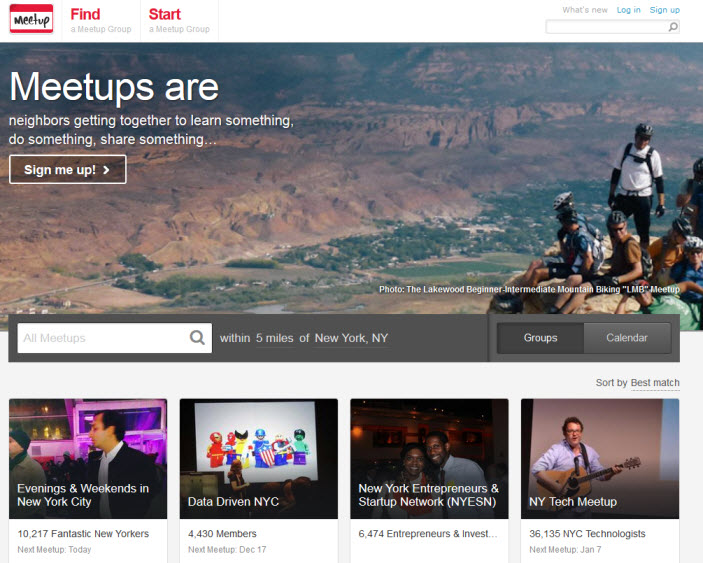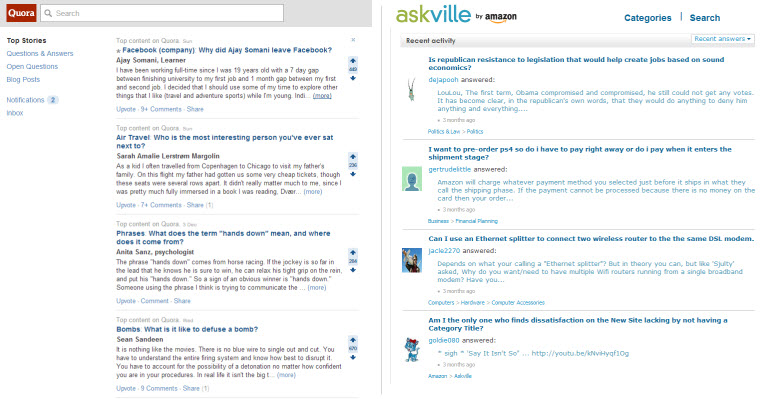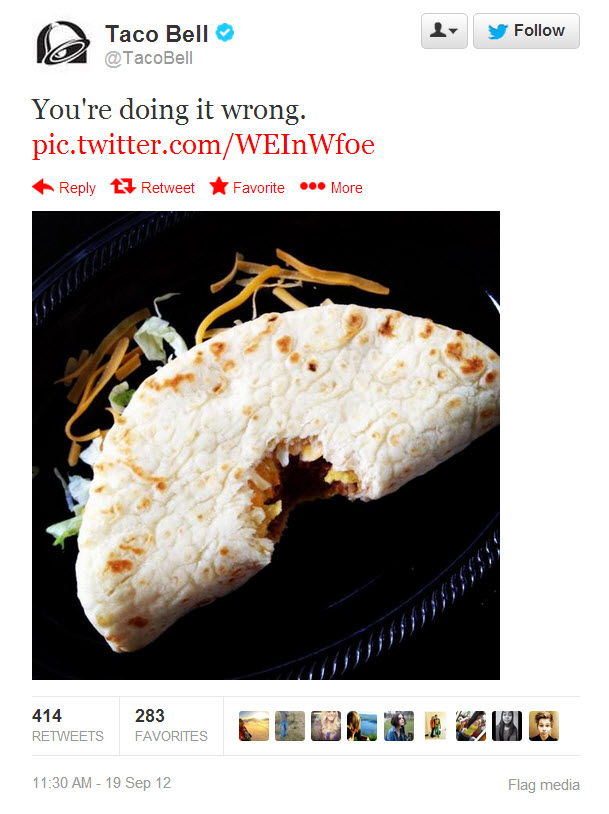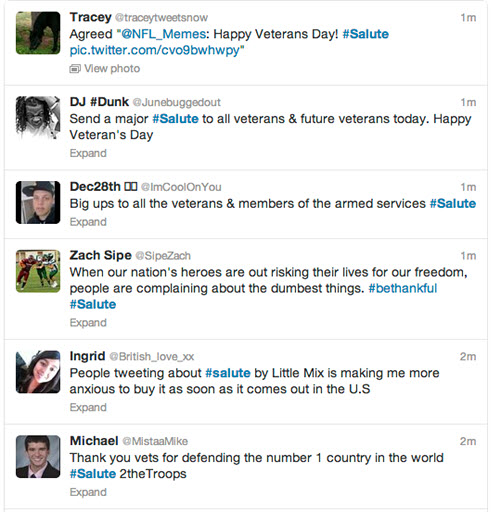Marketing Careers: 3 tips to help your networking efforts
Marketers invest a lot of time and energy to build strong customer relationships. Understandably, that leaves little time for personal brand building or networking.
But, let’s face it. With consumer trust remaining deeply connected to people you know personally, the need to build your personal brand and grow new opportunities through networking is more important than ever.
Here are three tips to help you approach networking and personal brand building. You can use these tips to get started, or to rethink your networking strategy.
Build a conscious digital footprint
Sure, there are plenty of people out there with a Twitter account, a Facebook page and a LinkedIn profile, but how are you using them to network?
Consider that a message resonating in 140 characters with your Twitter followers may not even come close to being relevant for an audience on Instagram, which focuses on images.
If you first understand how to communicate effectively in these individual platforms, then you’ve crossed a big barrier to growing and cultivating audiences among them.
Networking and personal brand building on social media starts with a conscious effort on your part to create a smart digital footprint around your personal brand that uses social media effectively.
Keep your friends close and your audience even closer
Reconnecting with old friends can be a great way to catch up on the times. You can also use the opportunity to evaluate how their skills can help your audience.
The big idea here is what I call recommendation reciprocity.
Part of building an audience around your personal brand means you have something of value to offer. What better way to do that than by recommending someone you know and trust who can help with their needs.
If you join a group, be helpful
Joining groups of people who have similar aspirations can open up new networks, but the trick here is to be helpful.
Groups can offer a wide range of expertise, but they also suffer from shortfalls in knowledge areas and hopefully, that’s where you come in.
Offering your expertise or recommending someone who can help will make a big difference in meeting your networking goals versus sitting on the sidelines and treating groups as pseudo news feeds.
With LinkedIn and Facebook offering huge online communities, and sites like Meetup offering both online and offline groups, there are plenty of choices to fit your lifestyle.
Don’t be afraid to start a new group if you’re not finding groups out there that fit your needs. Starting a group and actively managing it is a great way to fast track into new circles, not just as a member, but as leading voice.
An additional tactic I recommend for being helpful in the social realm is using Q-and-A sites like Quora or Amazon’s Askville to answer questions posted by others who could benefit from your insights.
You get out what you put in
There is no magic bullet for building a personal brand or networking effectively.
It’s a lot of hard work and long hours. It takes consistency and dedication to reach your goals, but when has anything really worth doing ever been easy?
Feel free to share some of your personal branding or networking tips for success in the comments below.













